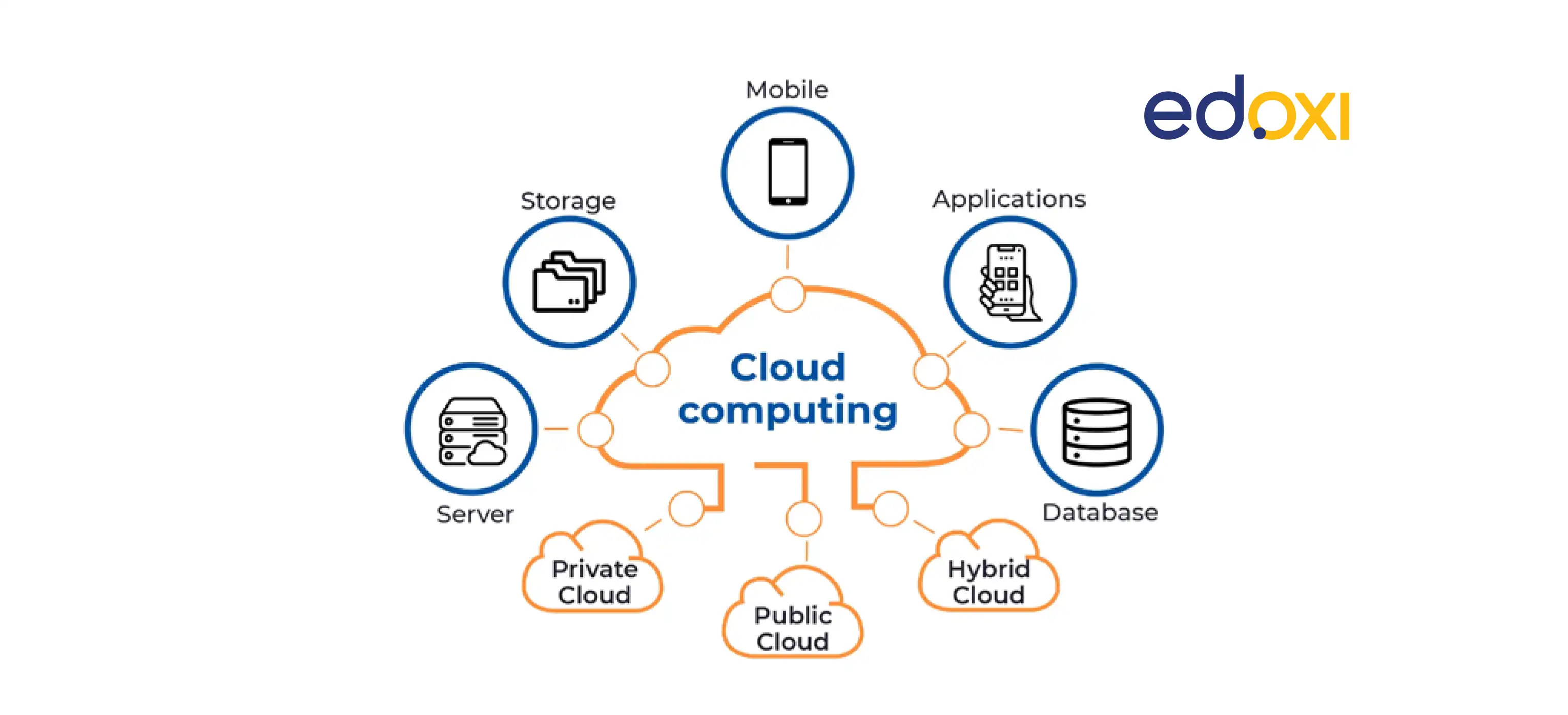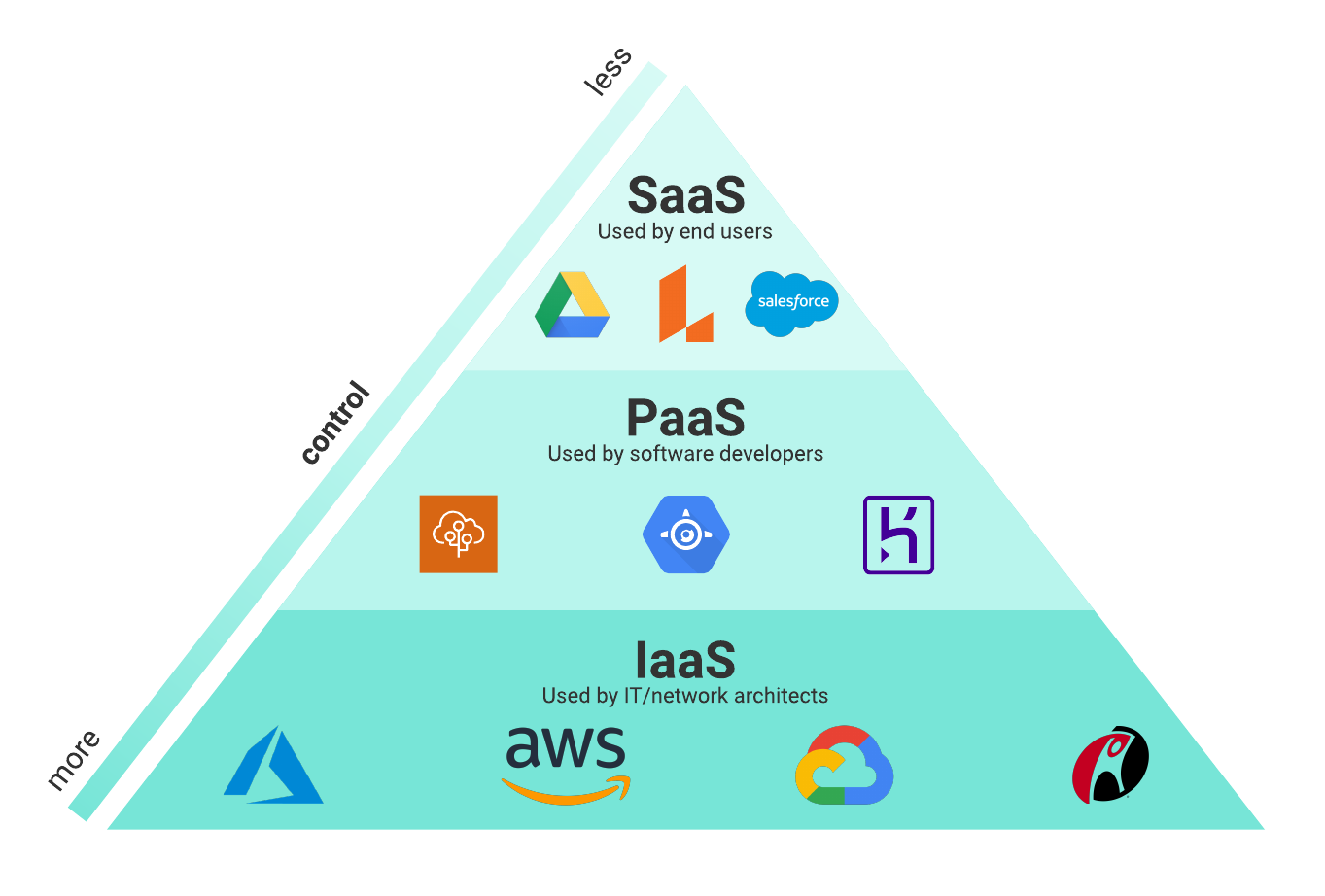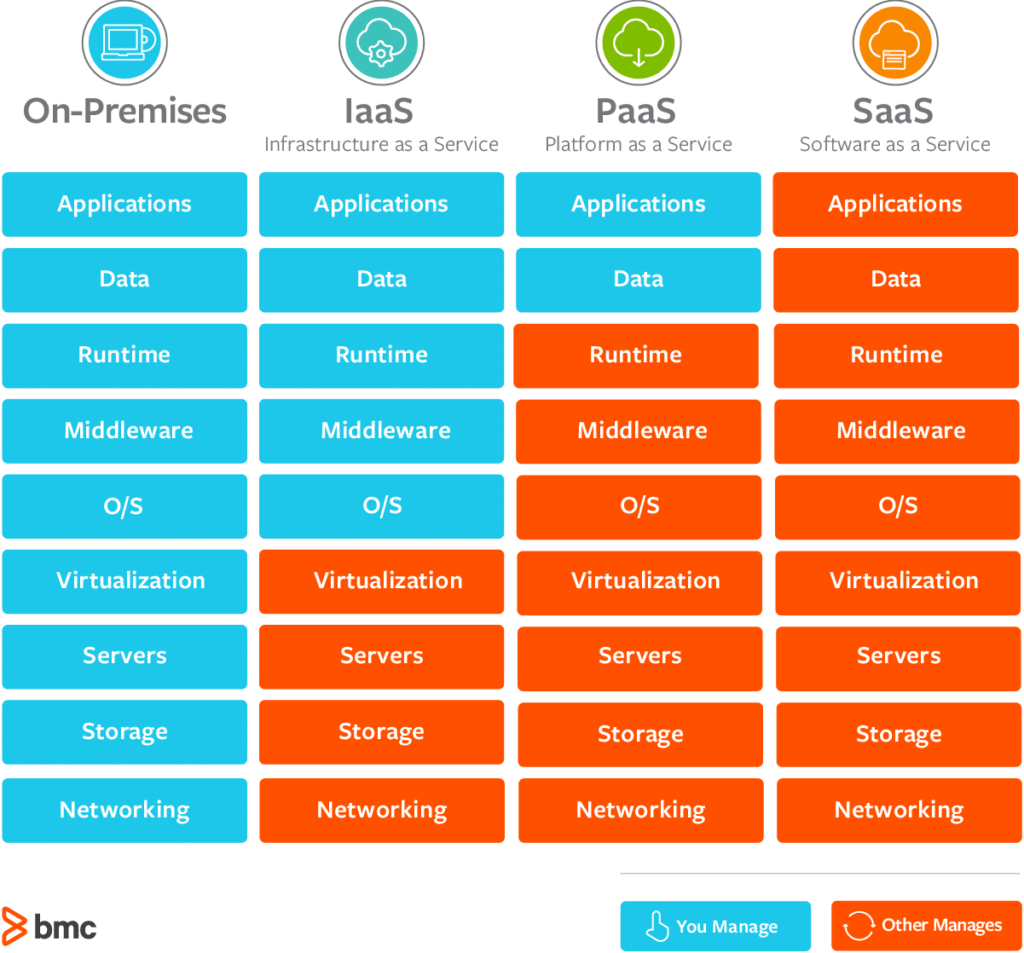Universal Cloud Service Solutions: Comprehensive Options for each Company Requirement
Universal Cloud Service Solutions: Comprehensive Options for each Company Requirement
Blog Article
Transform Your IT Infrastructure With Cloud Solutions
In today's fast-paced service landscape, the role of IT facilities can not be underestimated. Accepting cloud services offers organizations a myriad of benefits, from boosted flexibility to enhanced partnership. The journey to changing your IT framework is not without its challenges. As technology continues to progress, staying ahead of the curve and making notified decisions regarding cloud solutions is paramount. The vital lies in recognizing exactly how cloud solutions can improve your organization's IT landscape and drive development.
Benefits of Cloud Services
Leveraging cloud services offers companies a cost-effective and scalable option for handling their IT infrastructure. One of the key advantages of cloud solutions is the adaptability they provide. Organizations can conveniently scale their resources up or down based upon their existing needs, permitting effective source allowance. This scalability likewise allows businesses to quickly adapt to changing market conditions without the requirement for significant upfront investments in equipment or framework.

In addition, cloud services advertise cooperation and remote job by providing staff members with accessibility to information and applications from anywhere with a web link. This access enhances efficiency and enables smooth collaboration amongst staff member, no matter their physical area. Overall, the benefits of cloud services are huge, making them an appealing choice for companies seeking to modernize their IT facilities.

Movement Approaches
To successfully transition to cloud solutions, organizations have to meticulously execute and intend migration approaches that align with their business purposes and IT requirements. The primary step in this process is to perform a detailed analysis of the existing IT framework to identify which information and applications can be moved to the cloud. Organizations needs to focus on work based on aspects such as safety and security requirements, efficiency demands, and conformity guidelines.
Once the analysis is complete, organizations can choose one of the most ideal migration method. This can include rehosting, refactoring, rearchitecting, or rebuilding applications for the cloud environment. It's vital to consider factors like intricacy, time, and price restrictions when picking the migration method.
Additionally, companies must create a thorough movement plan that lays out the timeline, resources, and obligations for each action of the migration process - linkdaddy cloud services. Normal screening and monitoring are critical to make sure a smooth change and reduce interruptions to company operations. By complying with these movement approaches, companies can open the full capacity of cloud services and drive technology within their IT infrastructure
Safety Considerations
Making certain durable protection procedures is vital when integrating cloud services into an organization's IT facilities. The shift to the cloud brings distinct security considerations that should be dealt with to safeguard sensitive data and keep operational integrity. One crucial element to take into consideration is information security both en route and at rest. Security assists protect info from unauthorized gain access to, guaranteeing that also if information is intercepted, it continues to be unreadable.
In addition, carrying out strong gain access to controls is critical. This includes specifying individual consents, verification methods, and keeping track of accessibility to stop unauthorized individuals from getting access to delicate sources. Regular safety and security audits and analyses are necessary to recognize vulnerabilities and make sure conformity with sector laws.
Moreover, companies need to have a durable event action strategy in area to quickly attend to security violations or information concessions. This strategy should outline steps to include the case, alleviate damage, and recover linked here typical procedures successfully. By focusing on safety and security factors to consider and executing aggressive actions, companies can confidently utilize cloud services while guarding their electronic properties.
Cost-Saving Tips
When simplifying IT facilities with cloud solutions, companies can enhance their budget plan via tactical cost-saving ideas. One reliable method to conserve prices is by leveraging the pay-as-you-go design provided by several cloud company - linkdaddy cloud services. This method permits companies to pay only for the resources they utilize, eliminating the need to buy expensive hardware or software application upfront. In addition, businesses can reduce functional prices by reducing the requirement for on-site maintenance and support personnel, as lots of cloud services use automated updates and assistance.
An additional cost-saving tip is to carefully keep an eye on and change cloud usage to avoid unnecessary expenditures. By on a regular basis examining use information and scaling helpful site sources up or down based on demand, organizations can guarantee they are not spending too much on extra capacity. Taking into consideration multi-cloud or hybrid cloud solutions can additionally lead to cost financial savings by allowing organizations to pick the most cost-effective solutions for each workload.
Future Fads
The development of cloud solutions is forming the future landscape of IT facilities. As we look in advance, a number of vital patterns are poised to influence just how companies utilize cloud services to enhance their IT procedures.
Another popular fad is his response the rise of edge computing in conjunction with cloud services. Side computer brings handling closer to the data source, decreasing latency and making it possible for real-time information evaluation. This pattern is specifically important in markets such as IoT, independent cars, and health care, where instant decision-making is important.
Additionally, the assimilation of man-made knowledge (AI) and artificial intelligence (ML) capabilities into cloud services is readied to redefine how organizations draw out insights from their information. AI-driven automation, predictive analytics, and individualized client experiences are just a few of the means AI and ML are revolutionizing cloud solutions.
Conclusion
To conclude, cloud services use various benefits for organizations wanting to change their IT framework. By carrying out movement strategies customized to certain needs and focusing on safety considerations, companies can achieve price savings and boosted effectiveness. Embracing cloud solutions can lead to a more agile and competitive company landscape, allowing for better versatility to changing market problems and improved cooperation amongst groups. As organizations proceed to take advantage of cloud options, they can stay in advance of future fads and drive development in the digital age.

Making certain durable protection measures is critical when incorporating cloud services right into a company's IT infrastructure.In verdict, cloud solutions supply countless advantages for companies looking to transform their IT infrastructure.
Report this page